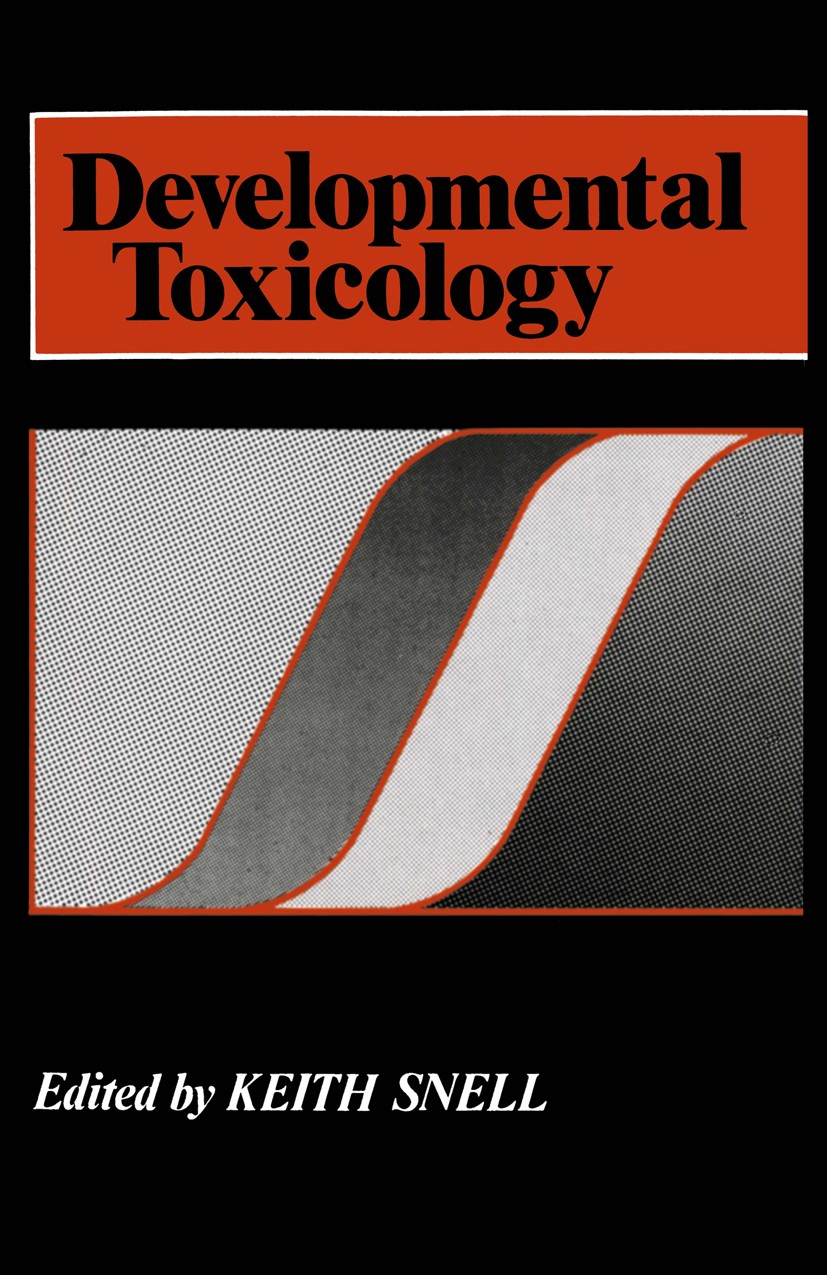| 书目名称 | Developmental Toxicology | | 编辑 | Keith Snell | | 视频video | http://file.papertrans.cn/271/270114/270114.mp4 | | 图书封面 |  | | 描述 | Since the 1930s and the work of Hale and Warkany on birth defects produced by variations in dietary vitamin A, it has been recognised that the developing fetus is particularly vulnerable to adverse influences in the environment. . Studies of malformations at birth remained largely in the hands of paediatricians who, for instance, quickly established the con nection between rubella infection in early pregnancy and the birth of severely affected infants. However, it was through the tragic events of 1962, when dramatic increases in the incidence of phocomelia in newborn infants in Germany, the United Kingdom, Japan, and other countries were traced to the use of the apparently non-toxic sedative thalidomide by pregnant women, that toxicologists were brought face to face with the devastating possibility of chemically-induced developmental abnormalities. It had been shown earlier that chemotherapeutic agents could cause damage to the developing organism, but the absence of any known examples of drug-induced birth defects had produced an air of complacency which was reinforced by the lack of any specific regulatory requirements for safety evaluation in this area. The magnitude of the tha | | 出版日期 | Book 1982 | | 关键词 | drug; environment; toxicology | | 版次 | 1 | | doi | https://doi.org/10.1007/978-1-4615-9790-2 | | isbn_softcover | 978-1-4615-9792-6 | | isbn_ebook | 978-1-4615-9790-2 | | copyright | Keith Snell 1982 |
The information of publication is updating

|
|
 |Archiver|手机版|小黑屋|
派博传思国际
( 京公网安备110108008328)
GMT+8, 2025-11-14 02:53
|Archiver|手机版|小黑屋|
派博传思国际
( 京公网安备110108008328)
GMT+8, 2025-11-14 02:53


